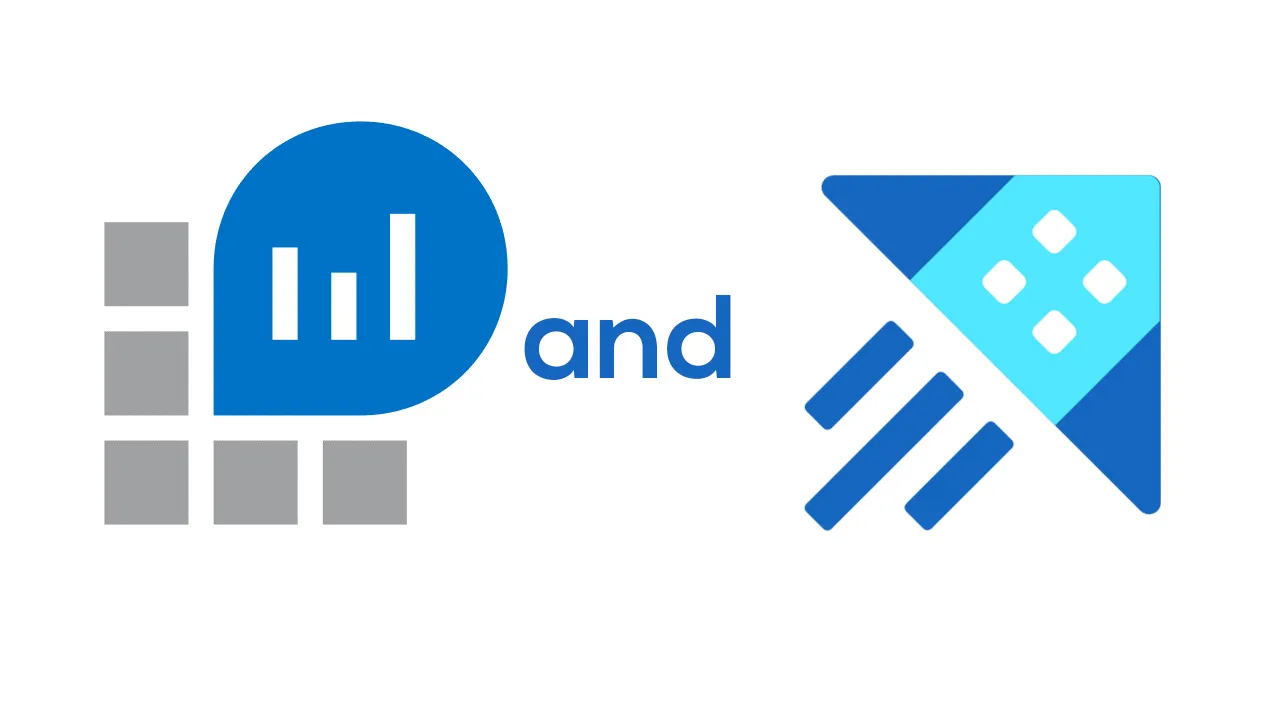Introduction
Microsoft Azure Data Explorer handles and analyzes petabyte-masses of structured and unstructured data. In Azure Data Explorer, users lever the Kusto query language (KQL) for their data analysis work. This article, part one of a two-part article, will introduce KQL. This article will also describe a free Microsoft online interactive resource that allows for hands-on Kusto exploration and learning. Part two will describe more aspects of KQL, and use those aspects to solve a real-world data problem.
The Azure Data Explorer Learning Environment
We’ll use a free Azure Data Explorer (ADE) resource that requires only a Hotmail account. It won’t need an Azure subscription. Log in if necessary, and go to the free Log Analytics resource here. This screenshot shows the Data Explorer:
In the right-hand Portal settings section, pick the circled Azure theme for the environment. On the left side, expand Azure Monitor for VMs in the Tables tab, circled on the right side. Although ADE stores data in tables, it does not have the strict database/table structure of SQL Server, for example. Instead, ADE groups tables in loose “collections” of tables. This article will first focus on the Azure Monitor for VMs collection.
#azure #azure data explorer #kusto query language
